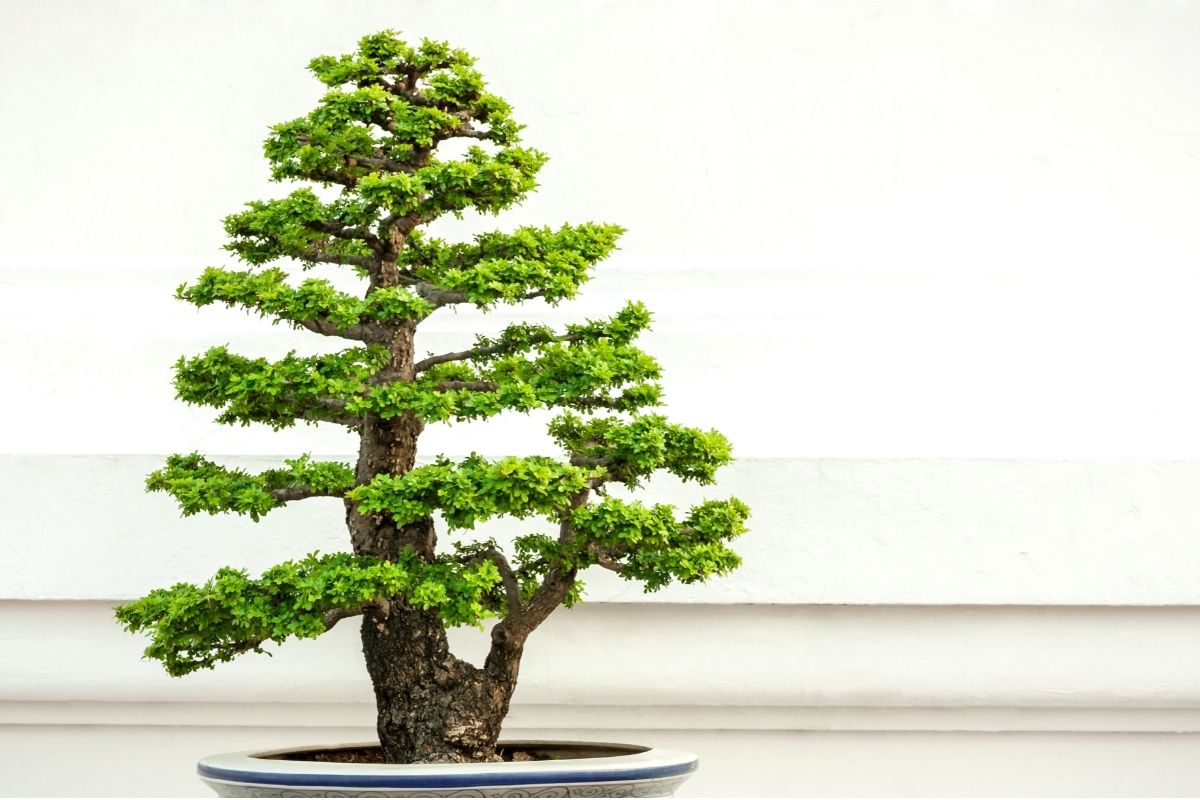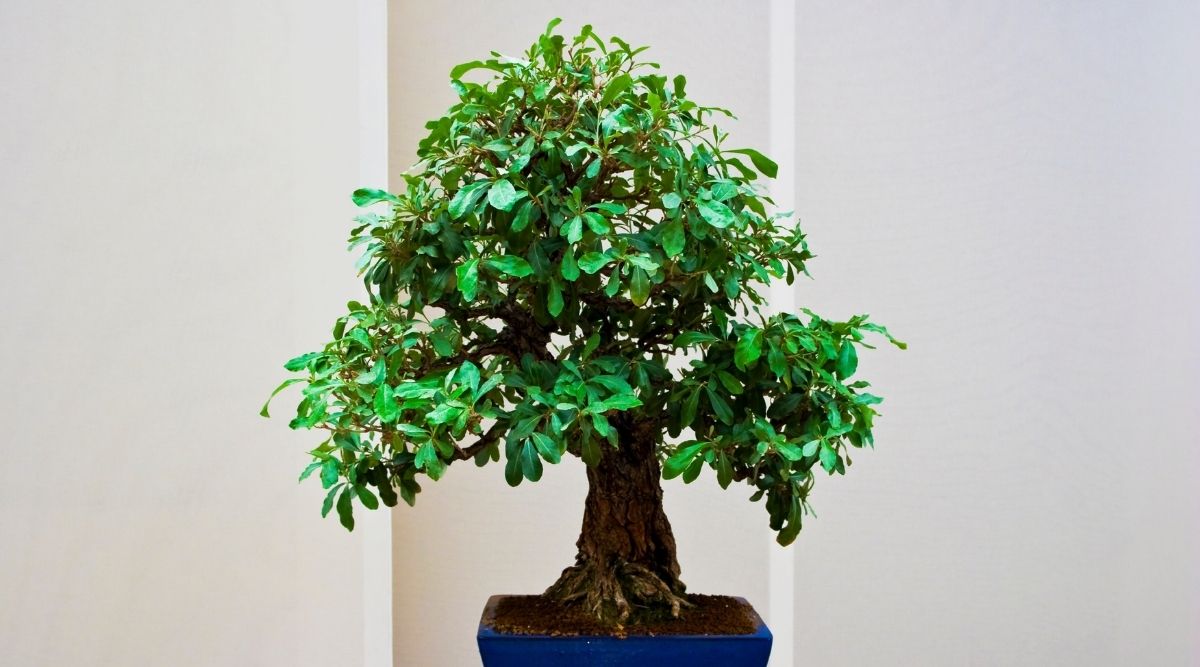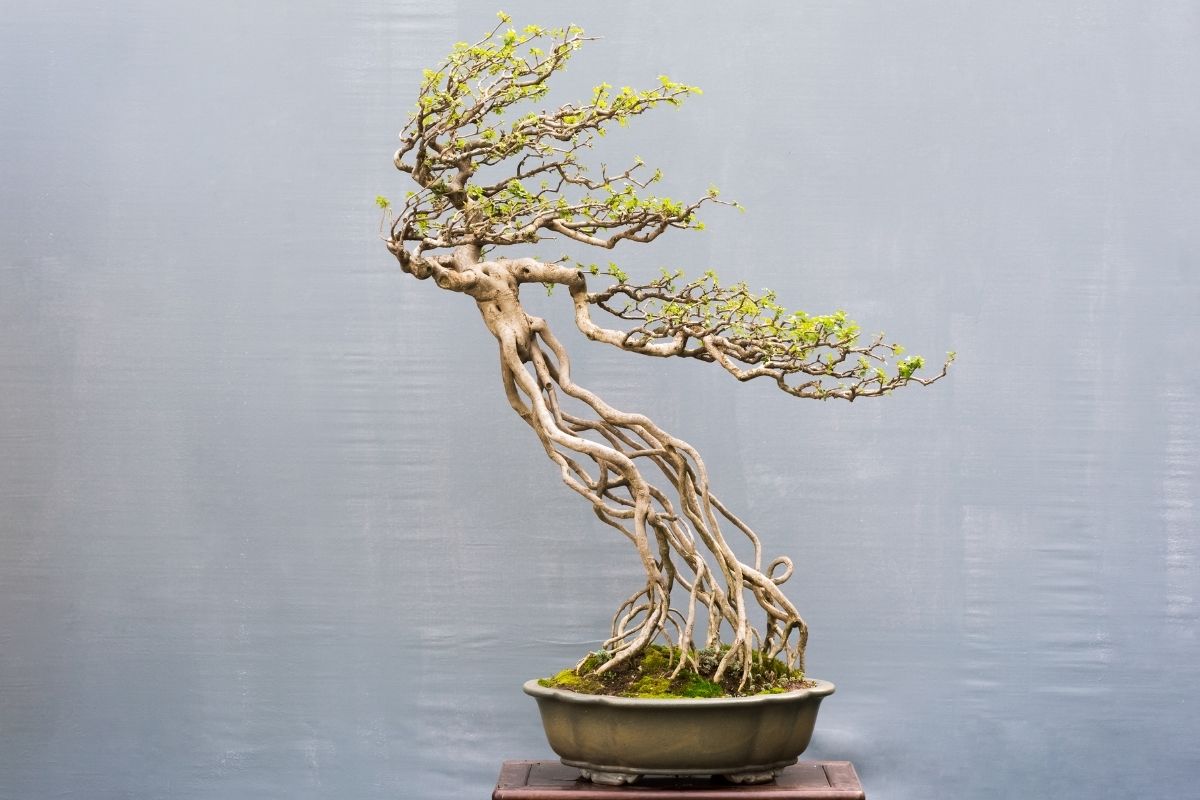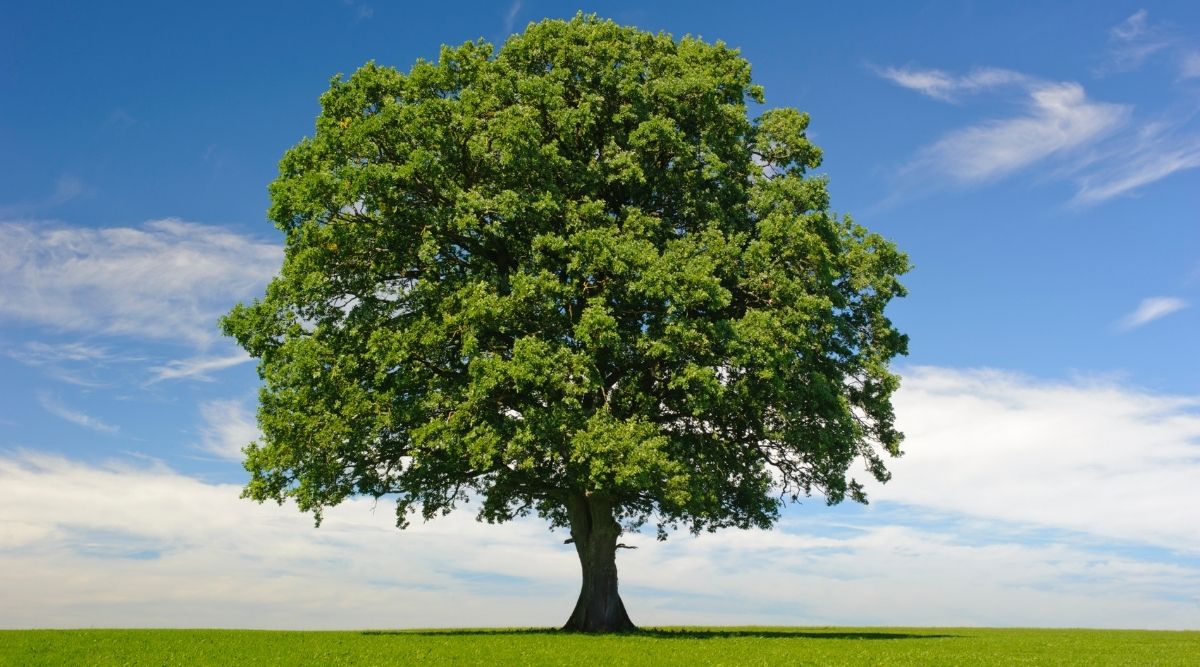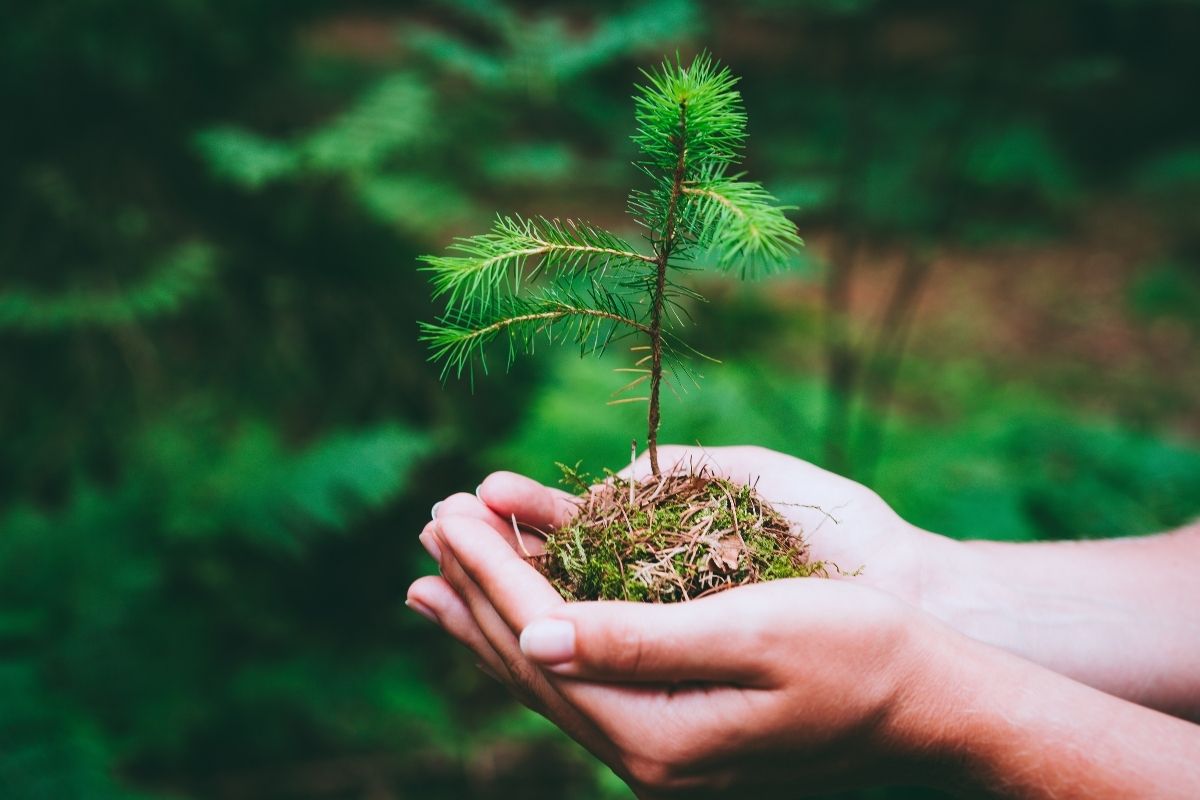Bonsai trees have become one of the most popular houseplants that feature in people’s homes. There are thousands of different plants to choose from, but the Bonsai tree remains popular in modern society, despite the options at your disposal.
Before buying these plants it’s always useful to find out how big they get and how to take care of them. It can be hard to find this information out and leaves many of us wondering about our Bonsai trees and how big they can get.
Well, no more! Follow our handy guide to all things bonsai and find out whether you’re the perfect match!

What Are Bonsai Trees And What Do They Look Like?
Bonsai trees are living shrubs originating from Japan several thousand years ago. Around the year 700 AD, Chinese artists had created the art of ‘pun-sai’ using unique methods to grow small, or dwarf, trees in containers.
Japan then developed Bonsai because of the influence of Zen Buddhism throughout the regions of Asia. It’s believed that Bonsai didn’t appear in Japan until around the 12th Century, despite the plant being cultivated in China several hundred years prior.
The term ‘Bonsai’ derives from the way the Japanese planted these small trees in containers to grow them out. The Japanese words ‘bon’ and ‘sai’ literally translate to tray and plant respectively.
This is because they used to plant these dwarves into wooden trays to keep them, unlike how we use pots in modern plant-growing.
Bonsai trees are small shrubs with relatively thick trunks, considering the small height of this plant. A lot of Bonsai trees’ trunks will twist and turn as they grow bigger and will sprout leaves of different colors at the end.
Usually, Bonsai trees will grow green leaves, much like other plants around the world. However, different species of Bonsai tree have been known to grow pink and red leaves, which make them stand out from other plants on the planet.
How Big Do Bonsai Trees Get?

In the wild, a lot of Japanese trees can stand at around 5 meters in height, however, Bonsai trees rarely grow higher than 1 meter tall and are frequently a lot smaller.
Your average Bonsai tree at home will grow anywhere between 6 inches and 3 feet tall, depending on the species of Bonsai that you go with.
However, there is one thing that all species of Bonsai tree have in common and that’s how long these plants take to grow. It doesn’t matter what the size of the tree is, Bonsai trees usually take around 10 to 15 years minimum to reach the mature stages of their life.
Most Bonsai trees can be wired after approximately 4 years of growing from the seed.
How Often Should I Water A Bonsai Tree?
The best way to check if your Bonsai needs watering is by dabbing your finger into the topsoil that the plant sits in. If the soil is dry, then your plant will need watering. If you can still feel the moisture in the dirt then the plant is still absorbing the liquid.
Usually, people will water their Bonsai plants around once a week and make sure that the shrub is placed in a bucket or tray of water. After the air bubbles have made their way to the top, the bonsai has absorbed enough water for the week.
Remember not to overwater your tree because it can lead to problems for your plant further down the line.
With regards to making sure you have the right balance between overwatering and underfeeding your tree, the best thing to do is to monitor it every few days to keep up-to-date with how your plant is doing.
How Much Sunlight Does My Bonsai Need?
Much like a lot of other plants, Bonsai shrubs need plenty of light if they are to thrive. Placing the plant near windows is a great way to expose the tree to enough natural light for them to live without issues.
Window Sills are perfect during times of the year like Autumn and Winter because the sunlight isn’t as harsh. It ensures that your plant isn’t overexposed to the UV rays that can potentially harm your shrub.
Subtropical and tropical variants of the Bonsai tree can survive in low and artificial lighting if they need to.
Despite these tropical shrubs still requiring a lot of light to survive and thrive, they can still live well in indoor environments should you need to keep them in these kinds of surroundings.
Are Bonsai Trees Toxic?
Although this type of shrub is very neutral and non-toxic to humans, there have been cases where cats have ingested parts of this plant and felt very sick afterward.
With symptoms ranging from vomiting, diarrhea, and dizziness, you need to be very careful if keeping this plant in the same house as pets like cats.
Some Bonsai tree species have also been known to be poisonous for dogs. In some recorded cases, certain dogs have unfortunately experienced excess drooling, seizures, general nausea, and vomiting.
We know that the combination of greediness and curiosity amongst dogs can be a frustrating one at times, so it’s best to make sure that your canine doesn’t have a funny-tasting meal.
The best way to keep these plants away from dogs is to store the shrub in a high place where the dog can’t see. High window sills and highly-placed shelves are ideal and keep your furry friend from harm.
Cats are more difficult to hide thighs from due to their acrobatic nature, however, you can keep the tree in a room that you spend a lot of time in. This way you’re usually around when your cats may feel curiosity toward the plant.
Final Thoughts
Bonsai trees are becoming more and more popular in home decor and it’s easy to see why. Coming in all different shapes and colors, they’re a perfect type of plant to brighten up any room.
With luscious green, pink, and red leaves, different species of Bonsai can provide that added bit of personality to anyone’s home, no matter what their preference!
Be sure to water the shrub at least once a week, making sure they have as much light exposure as they need to thrive and live. Originating from Japan, this dwarf tree is the perfect addition to any home!
- Best Hanging Plant For Low Light - September 4, 2023
- Best Indoor Plants Florida - August 28, 2023
- Best Plants For Bathroom Smells - August 21, 2023

